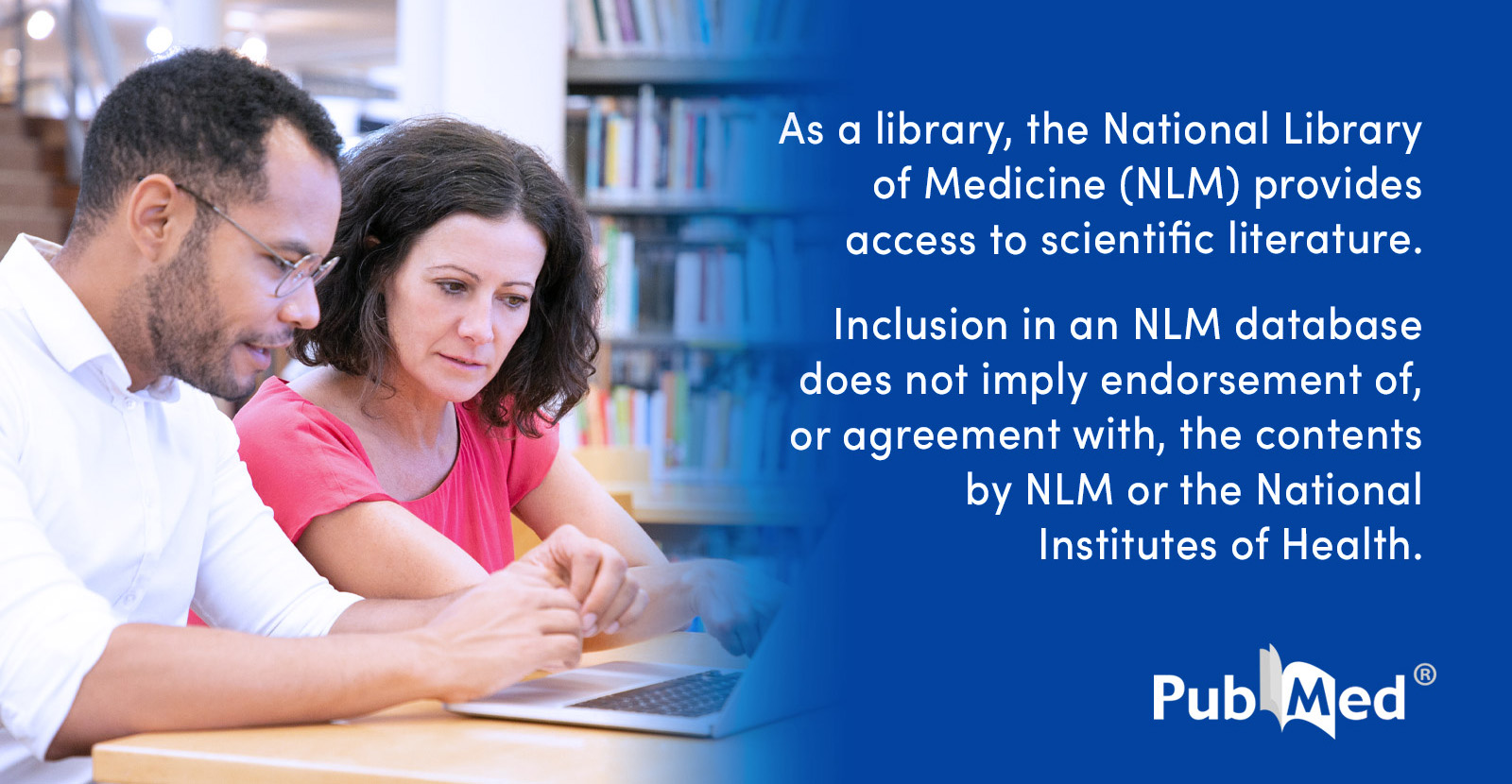Importance The economic effect of autism spectrum disorders (ASDs) on individuals with the disorder, their families, and society as a whole is poorly understood and has not been updated in light of recent findings.
Objective To update estimates of age-specific, direct, indirect, and lifetime societal economic costs, including new findings on indirect costs, such as individual and parental productivity costs, associated with ASDs.
Design, Setting, and Participants A literature review was conducted of US and UK studies on individuals with ASDs and their families in October 2013 using the following keywords:
age, autism spectrum disorder, prevalence, accommodation, special education, productivity loss, employment, costs, and
economics. Current data on prevalence, level of functioning, and place of residence were combined with mean annual costs of services and support, opportunity costs, and productivity losses of individuals with ASDs with or without intellectual disability.
Exposure Presence of ASDs.
Main Outcomes and Measures Mean annual medical, nonmedical, and indirect economic costs and lifetime costs were measured for individuals with ASDs separately for individuals with and without intellectual disability in the United States and the United Kingdom.
Results The cost of supporting an individual with an ASD and intellectual disability during his or her lifespan was $2.4 million in the United States and £1.5 million (US $2.2 million) in the United Kingdom. The cost of supporting an individual with an ASD without intellectual disability was $1.4 million in the United States and £0.92 million (US $1.4 million) in the United Kingdom. The largest cost components for children were special education services and parental productivity loss. During adulthood, residential care or supportive living accommodation and individual productivity loss contributed the highest costs. Medical costs were much higher for adults than for children.
Conclusions and Relevance The substantial direct and indirect economic effect of ASDs emphasizes the need to continue to search for effective interventions that make best use of scarce societal resources. The distribution of economic effect across many different service systems raises questions about coordination of services and sectors. The enormous effect on families also warrants policy attention.
Autism spectrum disorder (ASD) is a neurodevelopmental disorder associated with impaired social ability, especially communication, and restricted, repetitive patterns of behavior, interests, or activities. Autism spectrum disorder can be associated with significant functional impairments and long-term health, social, and financial costs for individuals with ASDs, their families, and society as a whole.
1 The increase in the number of individuals diagnosed as having ASDs
2-
4 and ensuing discussions regarding personal, family, and societal responsibilities emphasize the urgent need for accurate estimates of the economic effect of ASDs.
Most previous studies of costs associated with ASDs provide estimates within particular domains, primarily health care, but the overall economic effect of ASDs is not well established. The most recent comprehensive estimates of costs associated with ASDs were published in 2006 for the United States
5 and 2009 for the United Kingdom
6; both studies needed to rely on many assumptions about prevalence and costs for which no published data existed. Since then, studies have provided more accurate estimates of costs in various domains, such as individual and parental productivity loss.
7,
8 We therefore provide new estimates of the costs of ASDs for the United States and the United Kingdom. Our study differs from previous research in 3 ways: we provide more comprehensive estimates of costs associated with ASDs, we offer estimates for 2 countries, and we separate individuals with and without intellectual disability (ID), an important distinction given that cognitive impairments, separate from impairments associated with ASDs, may significantly influence costs.
Methods
New estimates of prevalence and some costs were obtained through a literature review conducted in 2013 concentrating on UK and US studies using
age, autism spectrum disorder, prevalence, accommodation, special education, and
productivity loss as keywords. Availability of relevant data differs across countries, particularly because of differences in how education, health care, and other systems are organized and financed. In the absence of nationally representative samples with complete cost-related data for individuals with ASDs and their families in either country, we used a bottom-up approach, drawing on previous studies, updating and supplementing them as needed, and structuring our estimates around the 7 questions listed below. A number of sources were used to estimate the costs of type of accommodation,
6,
9-
12 medical and nonmedical services,
7,
13-
17 special education,
6,
18-
21 employment support,
22 and productivity loss.
6,
8,
15,
23-
27 Further details of our country-specific assumptions are given in
Table 1.
How Many People Have ASDs?
We used accepted prevalence estimates from each country. For each country, we relied on the most accepted prevalence estimates from the most reliable sources. For the United States, this source was the Centers for Disease Control and Prevention,
28 and for the United Kingdom, we relied on 3 relatively consistent prevalence studies.
10,
29,
30 For the United Kingdom, on the basis of population-based studies, we assumed 10% of children aged 0 to 3 years with ASDs have their condition diagnosed and receive some type of service in response (0.1% of all children in this age group), and 1.1% of children of all other ages.
7,
13 For the United States, we assumed 1.1% of children and adults had ASDs and were treated.
8,
28 In both cases, people in prison and defense establishments were excluded.
What Are the Characteristics and Needs of People With ASDs That Have Potential Economic Cost Implications?
Individuals with ASDs can differ greatly in their clinical and functional presentation, resulting in potentially substantial differences in costs of treatment, care, and support. The presence of ID in individuals with ASDs can greatly affect these costs. Studies
10,
13,
29,
30 report that 40% to 60% of people with ASDs also have ID.
Costs also may vary by age. We distinguished age groups that matched administrative distinctions and data sets in each country. For the United Kingdom, we distinguished toddlers (0-1 year of age), preschool children (2-3 years of age), primary school children (4-11 years of age), secondary school children (12-17 years of age), and adults (≥18 years of age).
6 For the United States, we distinguished preschool children (0-5 years of age), school-age children (6-17 years of age), and adults (≥18 years of age).
How Does Care Differ for Individuals Based on Age and the Presence of ID?
We sought data on services and interventions for each age group, distinguishing people with and without ID. As far as possible, we included only utilization attributable to ASDs. The most recent figures on service costs of very young children were used.
31
In What Domains Do Individuals With ASD, Their Families, and Various Service Systems Accrue Cost?
We sought data on accommodation, medical services, nonmedical services, and out-of-pocket payments by families. Cost categories sometimes referred to slightly different services in the 2 countries because of different health care, education, and other systems. For example, in the United States, accommodation refers to residential care (intermediate care facility) costs only, whereas in the United Kingdom it includes all housing (private, supported living, residential, and hospital stay). If no data were available for a particular category in one country, we applied the most relevant cost from the other country.
How Do We Estimate the Costs of These Different Types of Care?
Medical service costs include inpatient, outpatient, emergency, physician, other health care professional, home health care, pharmacy, and out-of-pocket costs. As far as possible, only service use attributable to ASDs was included. Medical costs for other family members were not included because of lack of data.
Nonmedical service costs include special education, treatment for ASD-related needs (in the United Kingdom), child care, special programs, after-school care, day care, weekend programs, summer school, overnight and other respite, travel to medical appointments, home care modifications, and damage replacement. Family out-of-pocket expenses were estimated by pooling evidence from previous studies,
6,
8 in which further details are given.
Place of accommodation can be an important cost driver in the United Kingdom. Accommodation settings in the United Kingdom were categorized into 4 types based on previous research on people with IDs
10 (
Box). Nonaccommodation service data for the United Kingdom came from previous studies of people with IDs.
6 Unit costs were attached to service use attributable to ASDs and largely taken from the Personal Social Services Research Unit compendium
32 adjusted to 2010-2011 prices using the Health and Community Health Services index. Figures for England were assumed to apply proportionately to Scotland, Wales, and Northern Ireland.



















